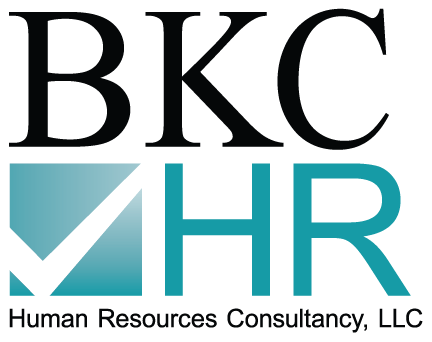The manufacturing industry alone claims annual R&D tax credits in excess of $7.4 billion.
Manufacturers often qualify if they are attempting or have attempted to develop or improve a process, product or software.
These credits are a dollar-for-dollar offset against regular income tax liability and have enabled many startup and mature businesses to hire additional employees, invest in new technologies and equipment, and finance other business objectives.
You can benefit from R&D tax credits even if you’re not paying taxes: many states will pay you the value of your credit or allow you to sell or transfer it for cash. State and federal credits also may be carried back to earlier—and forwarded to later—tax years to offset tax liability.
Is Your Manufacturing Company Eligible?
- Manufacturing Engineers
- Product Engineers
- Process Engineers
- Software Engineers
- Design Engineers
- Project Engineers
- Test Engineers
- Engineer Technicians
- CNC Operators
- CAD Technicians
- Designers
- Drafters
- Fabricators
- Machinists
- Plant Operators
- Manufacturing Mangers
- Assembly Technician
What Activities Qualify for the R&D Tax Credit?
Examples of potentially qualifying activities include:
- Designing and developing custom tooling and fixtures
- Developing prototypes to meet various customer specifications and requirements
- Redesigning a manual process into an automated one through software development
- Designing, building and testing first article prototypes
- Performing custom fabrication specific to a customer’s need
- Developing new or improved processes to increase yield or overall performance
- Improving quality assurance processes to increase product reliability
- Developing new or improved process or products to meet federal or state regulatory requirements
- Developing new or improved techniques to increase performance of a product or process
If your company is not developing these processes or products in-house but are paying a third-party for engineering services, product designers, testing services and/or fabrication specialists, you still may potentially qualify for an R&D tax credit.
For more information on calculating and claiming the R&D Tax Credit, contact us.




